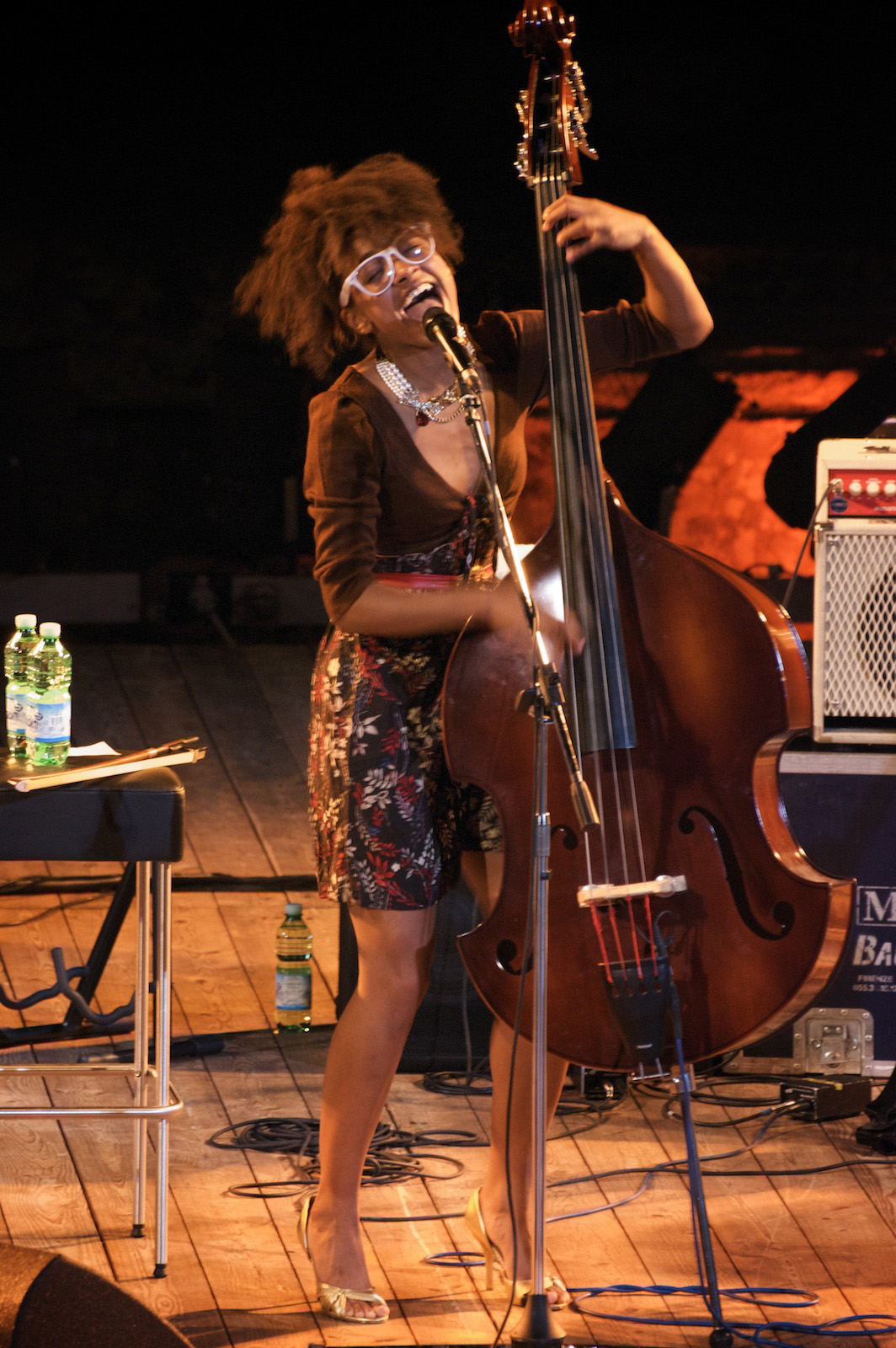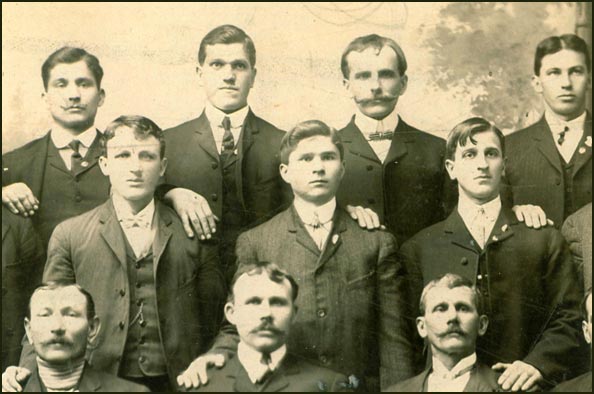|
André Busic
André Busic is a Brazilian jazz trumpeter of Croatian origin. He partook in bands such as Traditional Jazz Band and Blue Gang, and is the father of Andria Busic and Ivan Busic Ivan Busic Neto (born February 15, 1967, in São Paulo, Brazil) is a Brazilian drummer who has worked with such bands as Dr. Sin, Ultraje a Rigor, Taffo, Supla and Eduardo Araújo. Almost all his works, he worked with his brother Andria. .... References * Brazilian jazz trumpeters Brazilian people of Croatian descent Possibly living people Year of birth missing Place of birth missing Brazilian male musicians {{Brazil-musician-stub ... [...More Info...] [...Related Items...] OR: [Wikipedia] [Google] [Baidu] |
Croatia
Croatia, officially the Republic of Croatia, is a country in Central Europe, Central and Southeast Europe, on the coast of the Adriatic Sea. It borders Slovenia to the northwest, Hungary to the northeast, Serbia to the east, Bosnia and Herzegovina and Montenegro to the southeast, and shares a maritime border with Italy to the west. Its capital and largest city, Zagreb, forms one of the country's Administrative divisions of Croatia, primary subdivisions, with Counties of Croatia, twenty counties. Other major urban centers include Split, Croatia, Split, Rijeka and Osijek. The country spans , and has a population of nearly 3.9 million. The Croats arrived in modern-day Croatia, then part of Illyria, Roman Illyria, in the late 6th century. By the 7th century, they had organized the territory into Duchy of Croatia, two duchies. Croatia was first internationally recognized as independent on 7 June 879 during the reign of Duke Branimir of Croatia, Branimir. Tomislav of Croatia, Tomis ... [...More Info...] [...Related Items...] OR: [Wikipedia] [Google] [Baidu] |
Andria Busic
Andria Busic (born October 9, 1965) is a Brazilian bassist/vocalist who has worked with such bands as Dr. Sin, Ultraje a Rigor, Taffo, Supla and Eduardo Araújo. Biography In 1970 when Andria and his brother Ivan Busic had started to become interested in Rock 'n Roll, inspired by their father, the famous jazz trumpeter André Busic, who formed the Traditional Jazz Band. Beyond bands such as Beatles, Rush, Led Zeppelin, Black Sabbath, Deep Purple, at Busic's house, they heard many different music styles, like jazz, blues and country, so they began to study their respective instruments. In 1984 the Busic Brothers former the band called ''Prisma'', a name that soon after would be changed to ''Platina'', played hard rock in Portuguese. They recorded their first LP by Baratos Afins (label), with this formation: Sérgio Semam (vocal), Daril Parisi (guitar), Ivan Busic (drums) and Andria Busic (bass and back vocals). After some time, they decided return with ''Platina'', and ... [...More Info...] [...Related Items...] OR: [Wikipedia] [Google] [Baidu] |
Ivan Busic
Ivan Busic Neto (born February 15, 1967, in São Paulo, Brazil) is a Brazilian drummer who has worked with such bands as Dr. Sin, Ultraje a Rigor, Taffo, Supla and Eduardo Araújo. Almost all his works, he worked with his brother Andria. Biography Ivan Busic was born into a musical family. Since a child, Ivan admired the career of his Croatian immigrant father, André Busic, who played in two jazz bands: ''Traditional Jazz Band'' and ''Blue Gang''. He had a desire to learn and followed his father to concerts. Thus he gained influences of jazz, blues, country and rock. At an early 17 years of age, he joined up with his brother Andria (b/v), Daril Parisi(g) and formed a rock band, that called ''Prisma''. Later, ''Sergio Semam'' joined on band, and the band changed the name to ''Platina''. In 1985, they released with Baratos Afins their first album. After two years, the ''Platina'' dissolved. In 1987, Ivan joined a band ''A Chave do Sol'', with: Rubens Gióia (g), ... [...More Info...] [...Related Items...] OR: [Wikipedia] [Google] [Baidu] |
Jazz
Jazz is a music genre that originated in the African-American communities of New Orleans, Louisiana, in the late 19th and early 20th centuries. Its roots are in blues, ragtime, European harmony, African rhythmic rituals, spirituals, hymns, marches, vaudeville song, and dance music. Since the 1920s Jazz Age, it has been recognized as a major form of musical expression in traditional and popular music. Jazz is characterized by swing and blue notes, complex chords, call and response vocals, polyrhythms and improvisation. As jazz spread around the world, it drew on national, regional, and local musical cultures, which gave rise to different styles. New Orleans jazz began in the early 1910s, combining earlier brass band marches, French quadrilles, biguine, ragtime and blues with collective polyphonic improvisation. However, jazz did not begin as a single musical tradition in New Orleans or elsewhere. In the 1930s, arranged dance-oriented swing big bands, ... [...More Info...] [...Related Items...] OR: [Wikipedia] [Google] [Baidu] |
Trumpet
The trumpet is a brass instrument commonly used in classical and jazz musical ensemble, ensembles. The trumpet group ranges from the piccolo trumpet—with the highest Register (music), register in the brass family—to the bass trumpet, pitched one octave below the standard B or C trumpet. Trumpet-like instruments have historically been used as signaling devices in battle or hunting, with examples dating back to the 2nd Millenium BC. They began to be used as musical instruments only in the late 14th or early 15th century. Trumpets are used in art music styles, appearing in orchestras, concert bands, chamber music groups, and jazz ensembles. They are also common in popular music and are generally included in school bands. Sound is produced by vibrating the lips in a mouthpiece, which starts a standing wave in the air column of the instrument. Since the late 15th century, trumpets have primarily been constructed of brass tubing, usually bent twice into a rounded rectangular ... [...More Info...] [...Related Items...] OR: [Wikipedia] [Google] [Baidu] |
Jazz
Jazz is a music genre that originated in the African-American communities of New Orleans, Louisiana, in the late 19th and early 20th centuries. Its roots are in blues, ragtime, European harmony, African rhythmic rituals, spirituals, hymns, marches, vaudeville song, and dance music. Since the 1920s Jazz Age, it has been recognized as a major form of musical expression in traditional and popular music. Jazz is characterized by swing and blue notes, complex chords, call and response vocals, polyrhythms and improvisation. As jazz spread around the world, it drew on national, regional, and local musical cultures, which gave rise to different styles. New Orleans jazz began in the early 1910s, combining earlier brass band marches, French quadrilles, biguine, ragtime and blues with collective polyphonic improvisation. However, jazz did not begin as a single musical tradition in New Orleans or elsewhere. In the 1930s, arranged dance-oriented swing big bands, ... [...More Info...] [...Related Items...] OR: [Wikipedia] [Google] [Baidu] |
Trumpeter
The trumpet is a brass instrument commonly used in classical and jazz musical ensemble, ensembles. The trumpet group ranges from the piccolo trumpet—with the highest Register (music), register in the brass family—to the bass trumpet, pitched one octave below the standard B or C trumpet. Trumpet-like instruments have historically been used as signaling devices in battle or hunting, with examples dating back to the 2nd Millenium BC. They began to be used as musical instruments only in the late 14th or early 15th century. Trumpets are used in art music styles, appearing in orchestras, concert bands, chamber music groups, and jazz ensembles. They are also common in popular music and are generally included in school bands. Sound is produced by vibrating the lips in a mouthpiece, which starts a standing wave in the air column of the instrument. Since the late 15th century, trumpets have primarily been constructed of brass tubing, usually bent twice into a rounded rectangular ... [...More Info...] [...Related Items...] OR: [Wikipedia] [Google] [Baidu] |
Croatian Diaspora
The Croatian diaspora ( or ) consists of communities of ethnic Croats and/or Croatian citizens living outside Croatia. Estimates on its size are only approximate because of incomplete statistical records and naturalization, but (highest) estimates suggest that the Croatian diaspora numbers between a third and a half of the total number of Croats. More than four million Croats live out of Croatia. The largest community outside Croatia are the Croats of Bosnia and Herzegovina, one of the constituent nations of that country, amounting to about 545,000. The Croatian diaspora outside Croatia and Bosnia and Herzegovina amounts to close to a million elsewhere in Europe, and to about 1.7 million overseas. The largest overseas community is reported from the United States at 1,200,000, Chile at 400,000, and Argentina with 250,000 people. In Western Europe, the largest group is found in Germany. The German census reports 228,000 Croats in Germany , but estimates of the total number of peo ... [...More Info...] [...Related Items...] OR: [Wikipedia] [Google] [Baidu] |
Brazilian Jazz Trumpeters
Brazilian commonly refers to: * Brazil, a country * Brazilians, its people * Brazilian Portuguese, its dialect Brazilian may also refer to: * "The Brazilian", a 1986 instrumental music piece by Genesis * Brazilian Café, Baghdad, Iraq (1937) * Brazilian cuisine ** Churrasco, or Brazilian barbecue * Brazilian-cut bikini, a swimsuit revealing the buttocks * Brazilian waxing, a style of pubic hair removal * Mamelodi Sundowns F.C., a South African football club nicknamed ''The Brazilians'' See also * Brazil (other) * ''Brasileiro'', a 1992 album by Sergio Mendes * Brazilian jiu-jitsu, a martial art and combat sport system * Culture of Brazil * Football in Brazil Association football, Football is the most popular sport in Brazil and a prominent part of the country's national identity. The Brazil national football team has won the FIFA World Cup five times, the most of any team, in 1958 FIFA World Cup, ... {{Disambiguation Language and nationality disambiguation page ... [...More Info...] [...Related Items...] OR: [Wikipedia] [Google] [Baidu] |
Possibly Living People
Possibility is the condition or fact of being possible. Latin origins of the word hint at ability. Possibility may refer to: * Probability, the measure of the likelihood that an event will occur * Epistemic possibility, a topic in philosophy and modal logic * Possibility theory, a mathematical theory for dealing with certain types of uncertainty and is an alternative to probability theory * Subjunctive possibility, (also called alethic possibility) is a form of modality studied in modal logic. ** Logical possibility, a proposition that will depend on the system of logic being considered, rather than on the violation of any single rule * Possible world, a complete and consistent way the world is or could have been Other * Possible (Italy), a political party in Italy * Possible Peru, a political party in Peru * Possible Peru Alliance, an electoral alliance in Peru Entertainment *'' Kim Possible'', a US children's TV series :* Kim Possible (character), the central charac ... [...More Info...] [...Related Items...] OR: [Wikipedia] [Google] [Baidu] |
Year Of Birth Missing
A year is a unit of time based on how long it takes the Earth to orbit the Sun. In scientific use, the tropical year (approximately 365 solar days, 5 hours, 48 minutes, 45 seconds) and the sidereal year (about 20 minutes longer) are more exact. The modern calendar year, as reckoned according to the Gregorian calendar, approximates the tropical year by using a system of leap years. The term 'year' is also used to indicate other periods of roughly similar duration, such as the lunar year (a roughly 354-day cycle of twelve of the Moon's phasessee lunar calendar), as well as periods loosely associated with the calendar or astronomical year, such as the seasonal year, the fiscal year, the academic year, etc. Due to the Earth's axial tilt, the course of a year sees the passing of the seasons, marked by changes in weather, the hours of daylight, and, consequently, vegetation and soil fertility. In temperate and subpolar regions around the planet, four seasons are ... [...More Info...] [...Related Items...] OR: [Wikipedia] [Google] [Baidu] |





